Key Concepts in Neuroscience
- Neurons: These are the basic building blocks of the nervous system. Neurons transmit information through electrical and chemical signals.
- Brain Structure: The brain is composed of different regions, each with specific functions related to cognition, emotion, movement, and more.
- Neurotransmitters: These are chemicals that transmit signals between neurons. They play a crucial role in mood, behavior, and cognition.
- Neuroplasticity: This refers to the brain's ability to reorganize itself and form new neural connections throughout life, in response to learning and experience.
- Brain Imaging: Techniques such as MRI, fMRI, and PET scans allow scientists to visualize brain structure and activity, aiding in the study of the nervous system.
- Neurological Disorders: Conditions such as Alzheimer's disease, Parkinson's disease, and epilepsy involve dysfunction of the nervous system and are a focus of neuroscience research.
Study Guide for Neuroscience
1. Neurons and Neural Communication
- Understand the structure and function of neurons, including their different parts (dendrites, cell body, axon, synaptic terminals). - Describe the process of neural communication, including the role of action potentials and neurotransmitters.2. Brain Anatomy and Function
- Identify and describe the major brain regions and their functions, such as the cerebral cortex, limbic system, and brainstem. - Explain the specialization of different brain areas for tasks like sensory processing, motor control, language, and emotion.3. Neurotransmitters and Neurochemistry
- List several important neurotransmitters and their roles in behavior, mood, and cognition. - Explore the effects of drugs and medications that target neurotransmitter systems.4. Neuroplasticity and Learning
- Discuss the concept of neuroplasticity and how it relates to learning, memory, and recovery from brain injuries. - Provide examples of how experience and environmental factors can influence brain structure and function.5. Brain Imaging Techniques
- Compare and contrast different brain imaging methods, including their strengths and limitations. - Interpret and analyze brain imaging data to draw conclusions about brain activity and structure.6. Neurological Disorders and Treatments
.◂Science Worksheets and Study Guides Eighth Grade. Respiration and excretion
Study Guide Respiration and excretion
Respiration and excretion  Worksheet/Answer key
Worksheet/Answer key Respiration and excretion
Respiration and excretion  Worksheet/Answer key
Worksheet/Answer key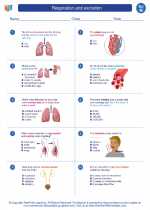 Respiration and excretion
Respiration and excretion  Worksheet/Answer key
Worksheet/Answer key Respiration and excretion
Respiration and excretion  Vocabulary/Answer key
Vocabulary/Answer key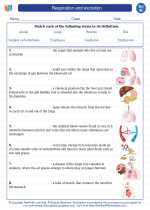 Respiration and excretion
Respiration and excretion  Vocabulary/Answer key
Vocabulary/Answer key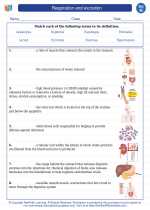 Respiration and excretion
Respiration and excretion  Vocabulary/Answer key
Vocabulary/Answer key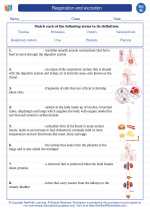 Respiration and excretion
Respiration and excretion  Vocabulary/Answer key
Vocabulary/Answer key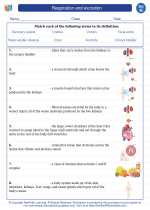 Respiration and excretion
Respiration and excretion 

 Worksheet/Answer key
Worksheet/Answer key
 Worksheet/Answer key
Worksheet/Answer key
 Worksheet/Answer key
Worksheet/Answer key
 Vocabulary/Answer key
Vocabulary/Answer key
 Vocabulary/Answer key
Vocabulary/Answer key
 Vocabulary/Answer key
Vocabulary/Answer key
 Vocabulary/Answer key
Vocabulary/Answer key
